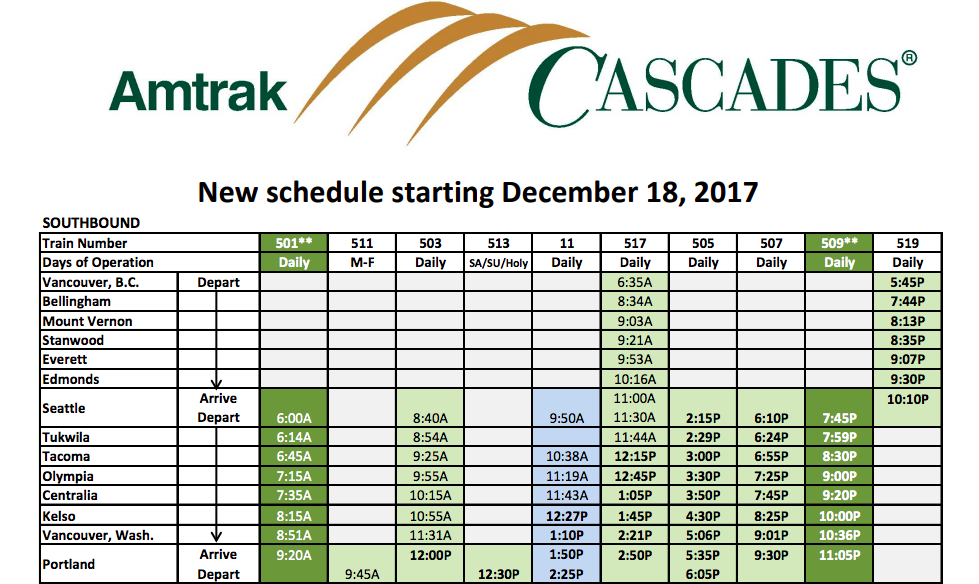Amtrak train derailment: What happened, and why are rail tragedies common in the US?
An express train has derailed south of Seattle, Washington. Our travel correspondent tackles some of the key questions

Your support helps us to tell the story
From reproductive rights to climate change to Big Tech, The Independent is on the ground when the story is developing. Whether it's investigating the financials of Elon Musk's pro-Trump PAC or producing our latest documentary, 'The A Word', which shines a light on the American women fighting for reproductive rights, we know how important it is to parse out the facts from the messaging.
At such a critical moment in US history, we need reporters on the ground. Your donation allows us to keep sending journalists to speak to both sides of the story.
The Independent is trusted by Americans across the entire political spectrum. And unlike many other quality news outlets, we choose not to lock Americans out of our reporting and analysis with paywalls. We believe quality journalism should be available to everyone, paid for by those who can afford it.
Your support makes all the difference.Q What do we know about the train?
It was Cascades passenger train number 501, which left Seattle at 6am local time and was due in Portland, Oregon at 9.20am. The incident happened shortly after leaving Tacoma station. It was the very first train of a new schedule which took effect on Monday and increased the number of trains on the line by 50 per cent. There is no suggesting that there is any connection between the new timetable and the derailment. The train was made up of 12 cars and two engine cars, with 13 of the cars leaving the track.

Q Who was on board?
Amtrak, the US long-distance passenger train operator, said: “There were approximately 78 passengers and five crew members on board.”
On a Monday morning, the passengers are likely to be a mix of business and leisure travellers. Fares are heavily subsidised: the 180-mile trip costs as little as $26 one way, around £20, so increasingly many people use the train as an alternative to driving or flying. At this time of year there are likely to have been very few, if any, foreign tourists.
Amtrak has issued an emergency number: “Individuals with questions about their friends and family on train 501 should call 800-523-9101.”
The Foreign Office says: “Washington’s governor has declared a state of emergency in Pierce County, and emergency services remain at the scene. If driving, you are urged to avoid the area. A family reunification centre has been established at Dupont City Hall.”
Q Was this a main line?
Yes, it is the key west coast rail artery, and the derailment happened above the main west coast freeway. The UK equivalent would be a derailment of a train on the West Coast main line at a bridge over the M6 motorway.
The line of the Cascades is part of a route between Vancouver in Canada and San Diego on the Mexican border. It connects the major cities in Washington State, Oregon and California.
Q What is the safety record of US trains?
Dreadful by Western standards. The railways of Britain carry as many passengers in a week as Amtrak, the National Railroad Passenger Corporation, does in a year. Besides the long-distance operator, there are many local operators, but train usage is still low. Yet the US rail network sees far more accidents than European railways. In the UK there have been no fatal accidents in the past 10 years. In the US, there have been 10, with dozens of passengers losing their lives.
While six passenger trains a day are scheduled each way between Seattle and Portland, the main users of US railroads are freight trains. And investment in safety is nothing like the levels in Europe.
But as anywhere in the world, rail travel is much safer than the roads.
Join our commenting forum
Join thought-provoking conversations, follow other Independent readers and see their replies
0Comments